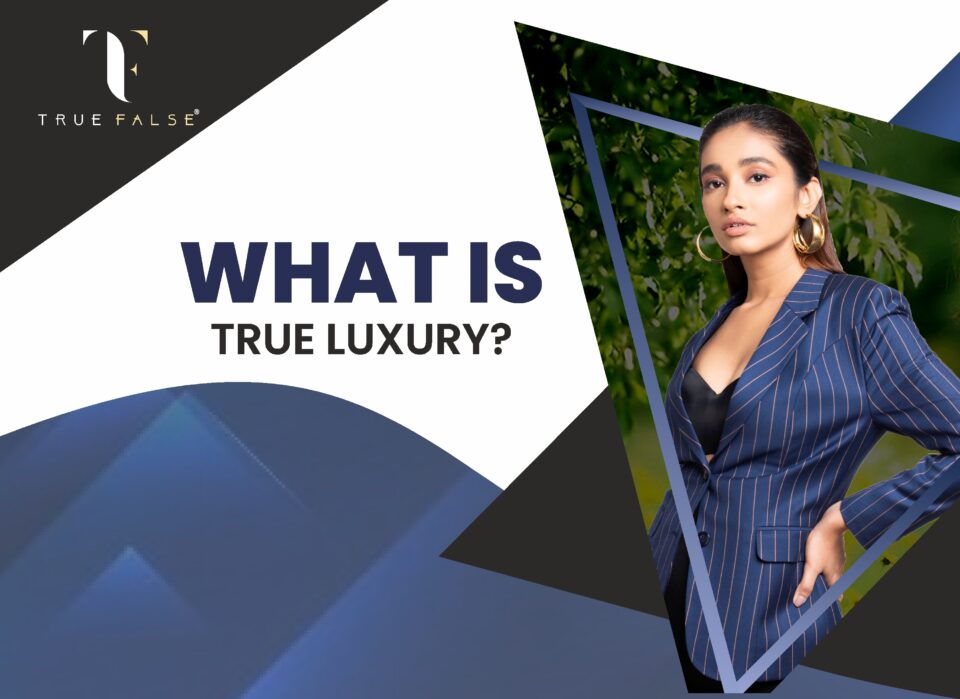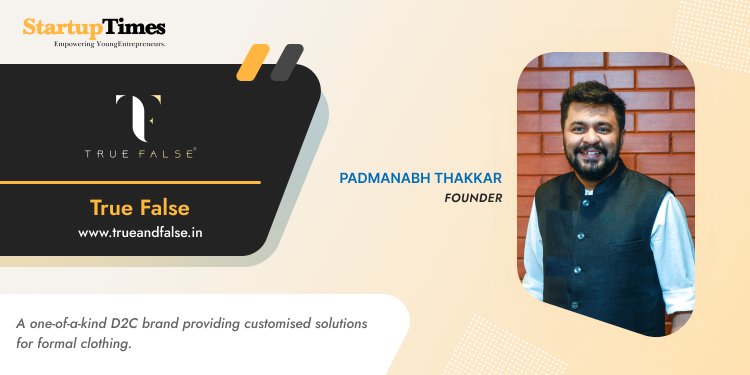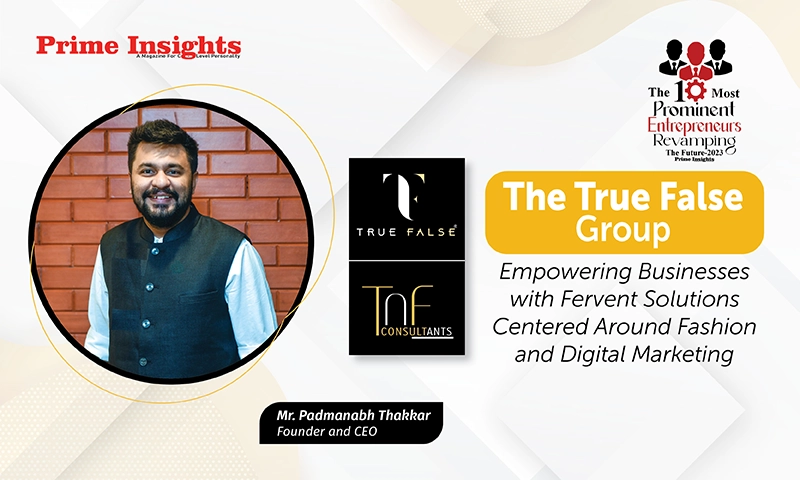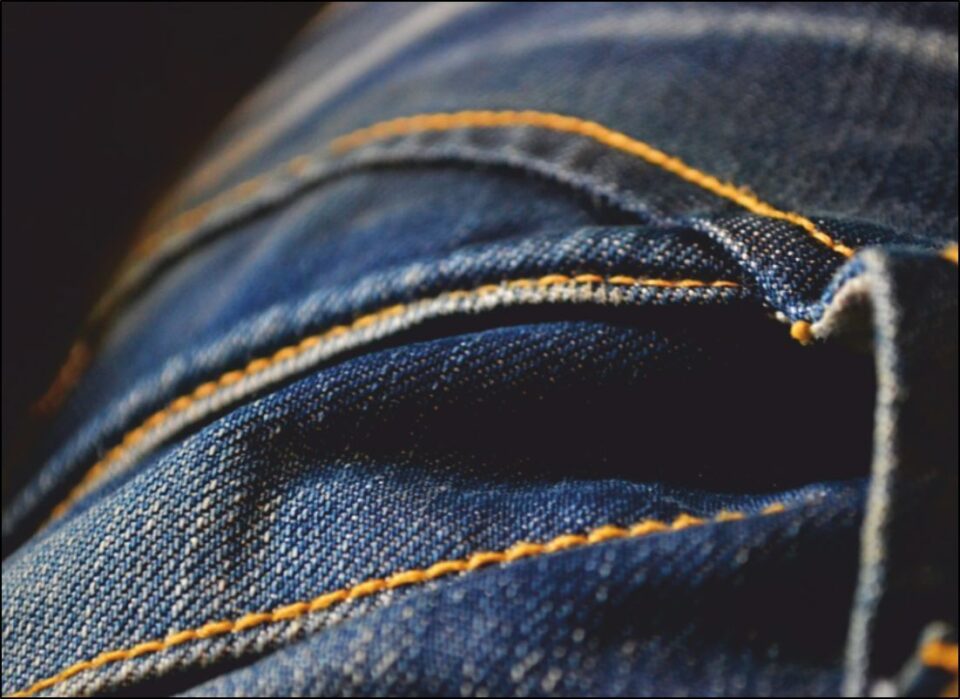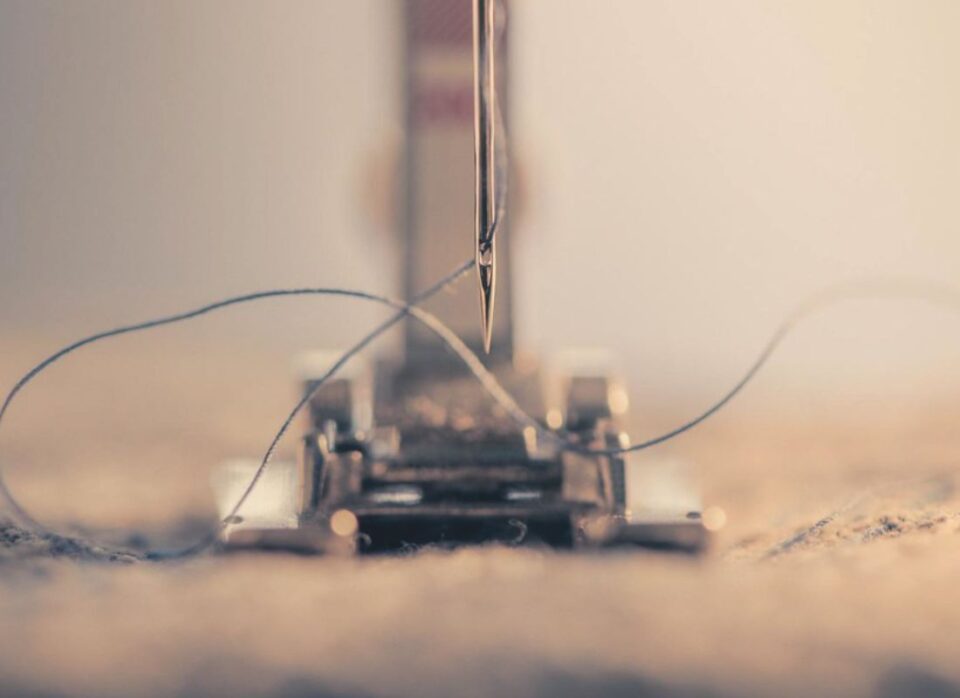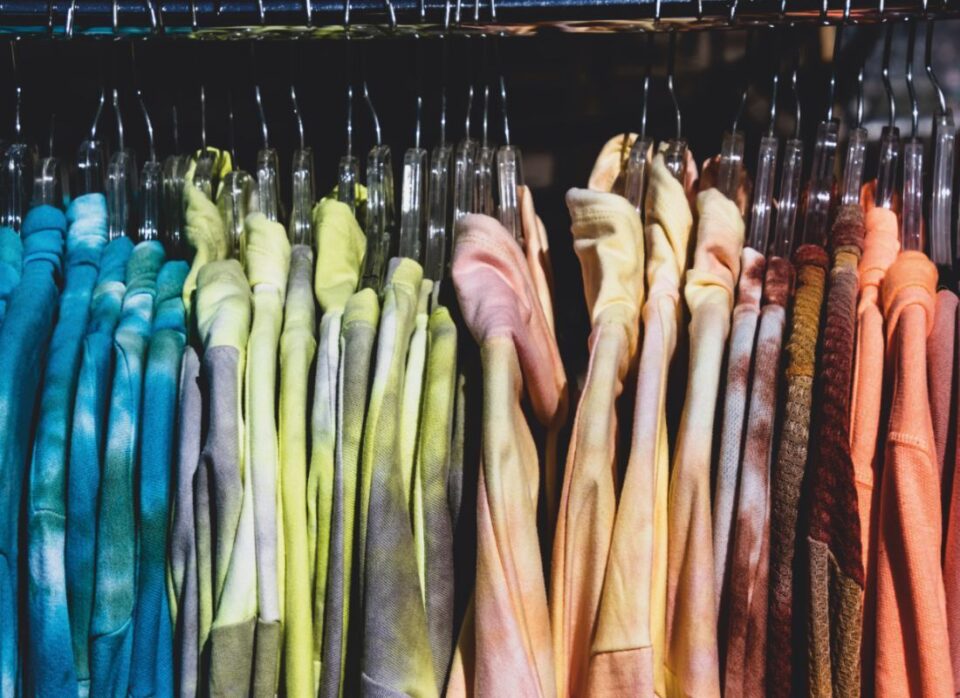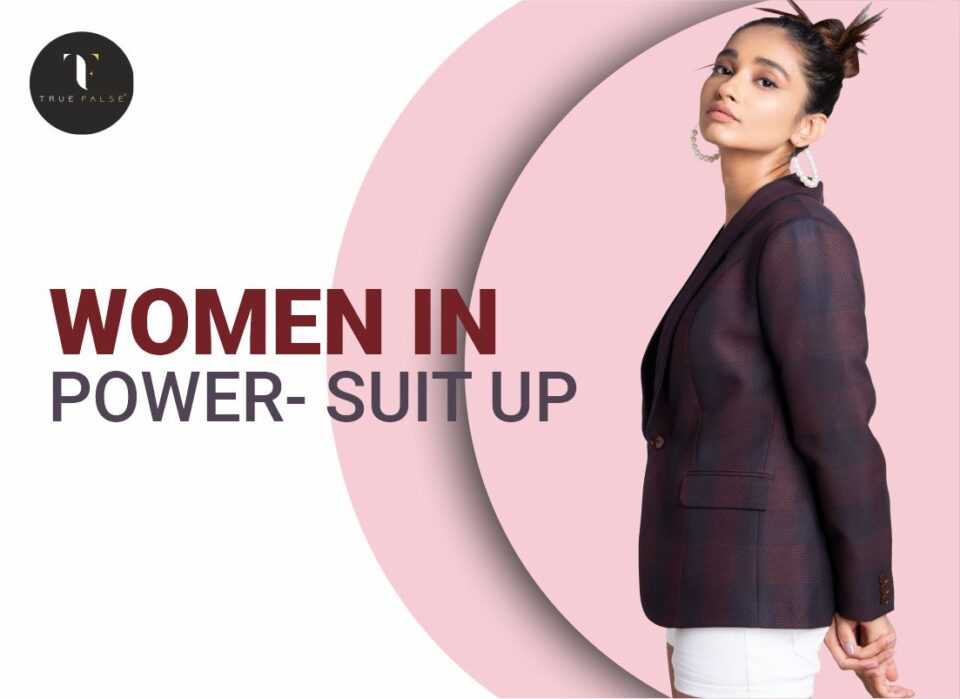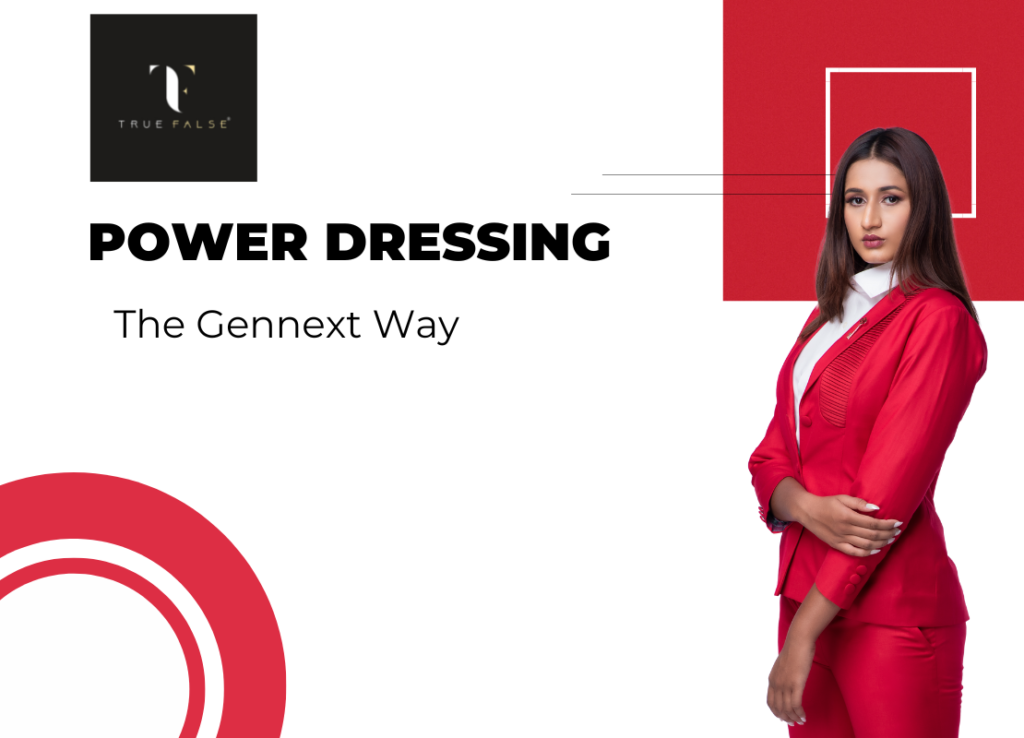Do you give it a thought, what luxury is when you go to a fashion show? What exactly is luxury? Quality over price? Yes, perhaps, but it is insufficient. As luxury embraces a much broader concept. If you interpret it as only referring to expensive items, you have an outdated concept of luxury. Luxury implies elegance, yet it is difficult to define. High-quality and innovative ready-to-wear is recognised as a luxury symbol.
In fact, we can now meet people who wear any type of luxury symbol without “looking” luxurious. They only appear to be wealthy. Because luxury nowadays entails exclusivity, almost uniqueness, rather than being addressed to a small number of people because it is special.
The colour was less of a fashion statement in mediaeval times and more of a statement of status and wealth. Bright colours were expensive to produce and were considered the pinnacle of luxury, appearing only in nobles’ clothing. The royals were the original colour influencers, and when they started wearing a certain colour, others would follow.
Luxury fashion is currently one of the fastest-growing and most profitable industries.
From a textual standpoint, the term luxury derives from the Latin word “Luxus,” which means superabundance, excess in one’s way of life, or a display of wealth aimed at satisfying desires that go beyond real needs. Luxury is defined as any expense that exceeds what is necessary. As a result, the concept of luxury is integrally linked to human needs, and a concrete definition of luxury is dependent on the specific time and society under consideration and may vary within these parameters.
There is no single definition of “luxury”; rather, it takes on different forms and meanings depending on the context of space and time, as well as the study’s perspective. Luxury has a nomadic, multi-purpose personality that is difficult to pinpoint to a singular and definitive concept.
The New Luxury
At the end of the nineteenth century, the term luxury took on a new meaning related to stagnation in what is excellent and expensive, as well as the pleasure of enjoying something more comfortable than is strictly necessary. The emergence of modernity and the industrial revolution fundamentally altered the approach and meaning of luxury.
Industrialization resulted in enormous productivity gains and higher production volumes of more standard items to be sold outside of local geographical borders, laying the groundwork for what are now global luxury companies.
As a result, luxury tends to lose most of its negative connotations, such as indulgence and emotional detachment. Luxury became a term for describing a product, an industry, or an expensive and high-quality object that exudes elegance and sumptuousness during the 20th century.
For a long time, luxury was synonymous with designer fashion, a model-based primarily on tailoring in which the designer was the guardian of the wealthiest classes’ aesthetic tradition. Each gown was a one-of-a-kind, tailor-made work of art created to honour the aristocracy’s power and prestige. With passing time, this traditional and personal style approach to fashion began to shift.
From the 1960s onwards, the democratisation of society introduced a kind of aesthetic reform that challenged the concept of tradition: designers such as Pierre Cardin and Yves Saint Laurent created the first collections accessible to the emerging classes.
The fashion industry is a modern invention
Prior to the mid-nineteenth century, almost all clothing was handcrafted for individuals, either at home or on order from dressmakers and tailors. With the rise of new technologies such as the sewing machine, the rise of global capitalism and the development of the factory system of production, and the multiplication of retail outlets such as department stores by the beginning of the twentieth century, clothing had increasingly come to be mass-produced in standard sizes and sold at fixed prices.
Despite the fact that the fashion industry began in Europe and America, it is now an international and highly globalised industry, with clothing commonly designed in one country, manufactured in another, and sold in a third. For example, an American fashion company may source fabric in China, have the clothes manufactured in Vietnam, finished in Italy, and shipped to a warehouse in the United States for international distribution to retail outlets.
Luxury Consumption
Although there is an agreement in the literature on a definition of luxury in daily life, on top of the standard provides the benefit, and the cost is defined as things that are expensive. “Luxury, the happiness, comfort, or convenience of individuals in accordance with the requirement of providing a sense of satisfaction, a perception of what is required.” A rich source of luxury is superior and wealthier people who look and compare within the environment to see who has a better appearance than others.” Luxury products are frequently on the market, rare and difficult to find, especially privileged to consumers, the price is high, a prestigious high symbolic and emotional benefits to consumers, and refers to products that provide meals. It can be seen that the various categories of luxury products are defined in the literature. Today, the determination of consumption has increased as a result of the expansion of consumer culture. Individuals almost revere the products they consume. What they are, what they consume who are attempting to express with consumers, satisfying their needs and requirements, other than providing them with personal and economic gains for consumption, luxury consumption trend began to rise more.

